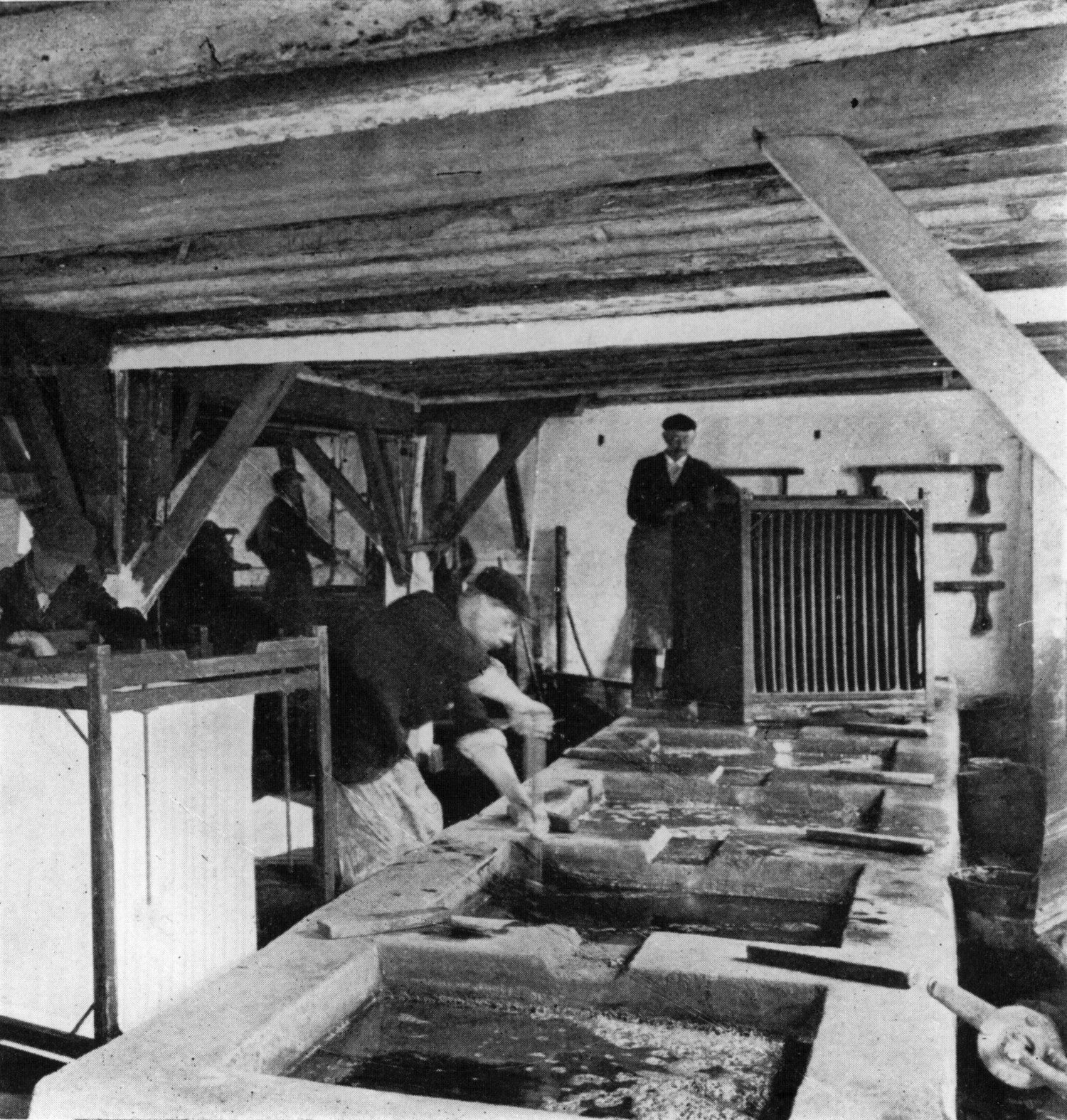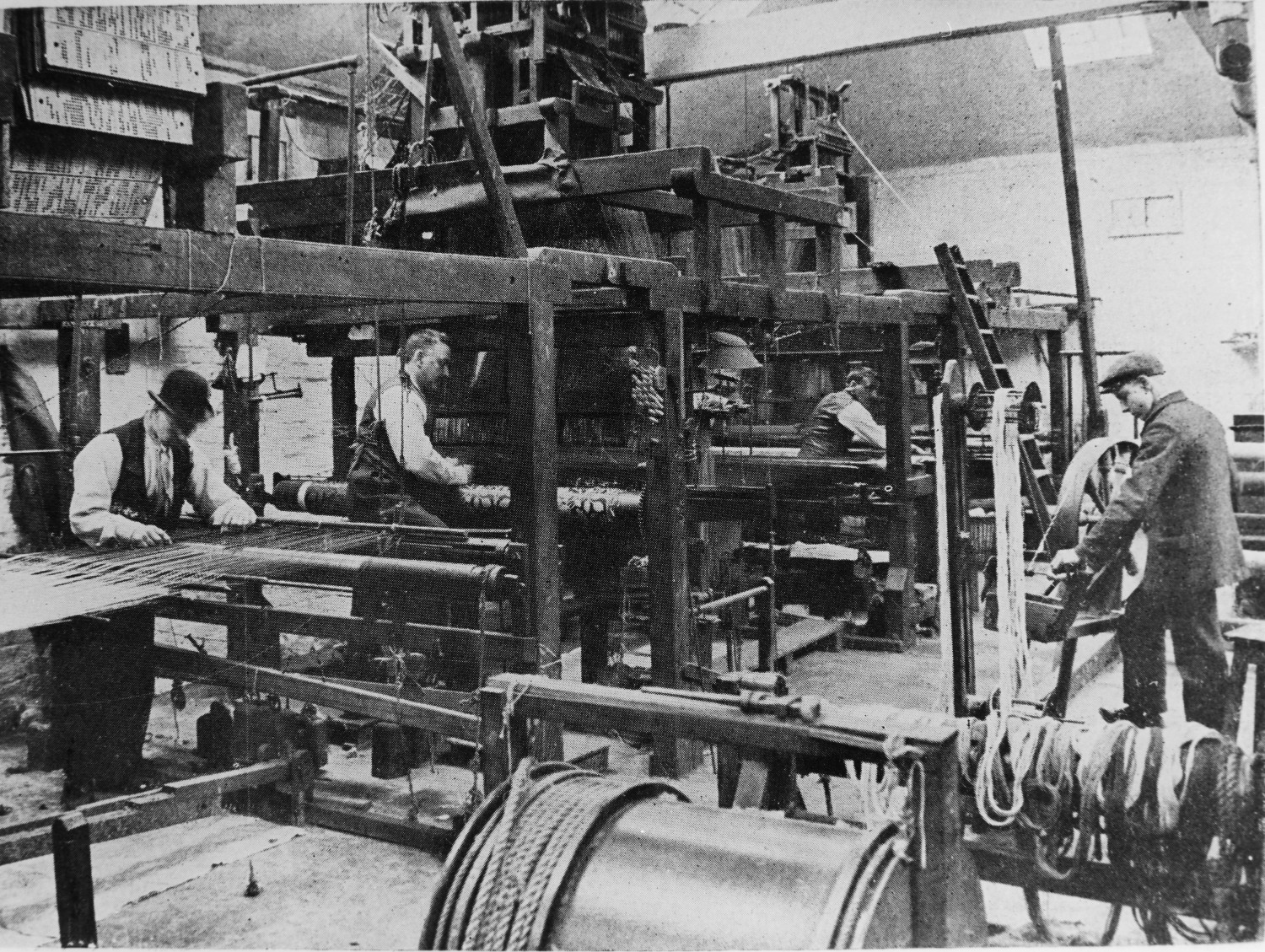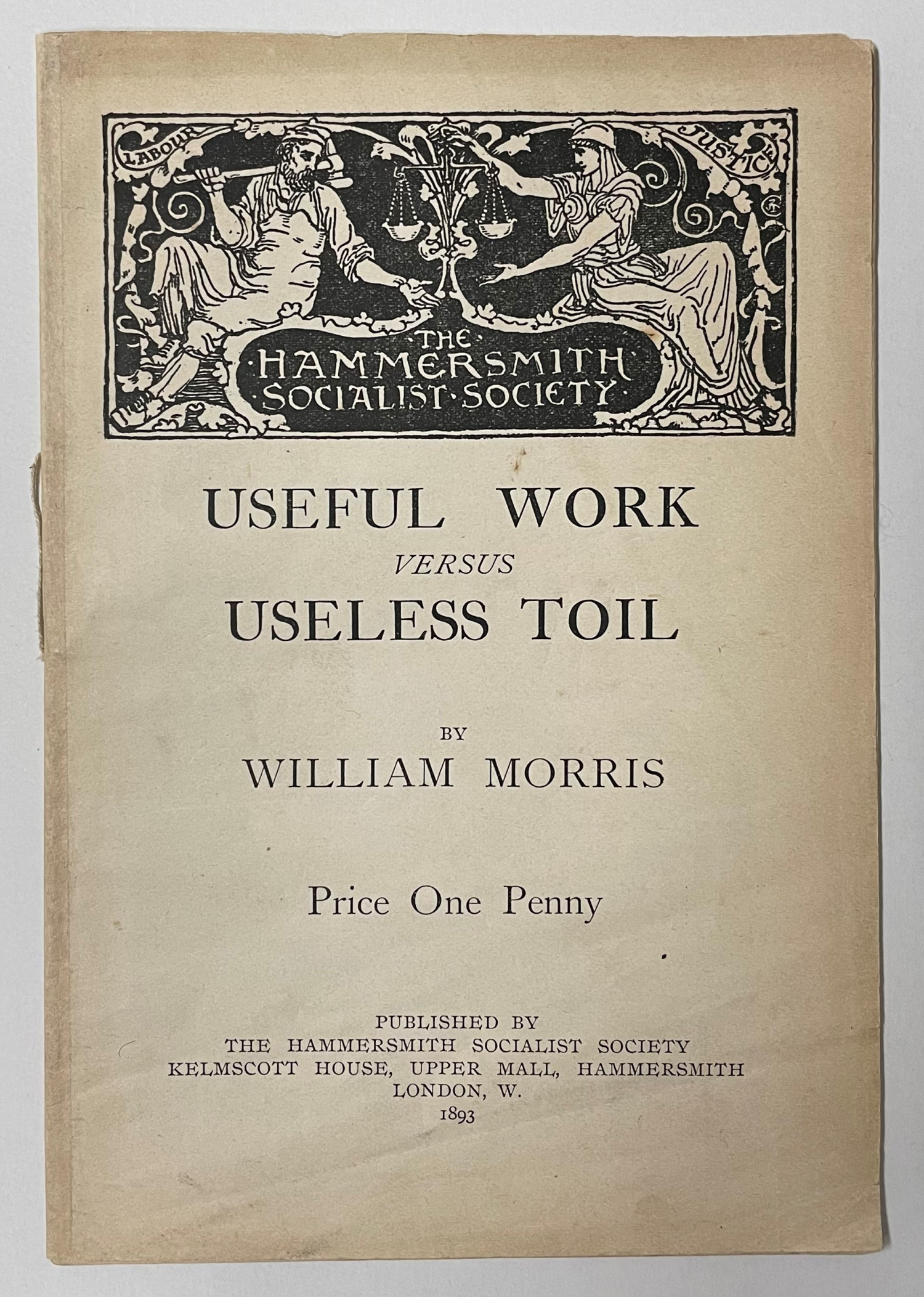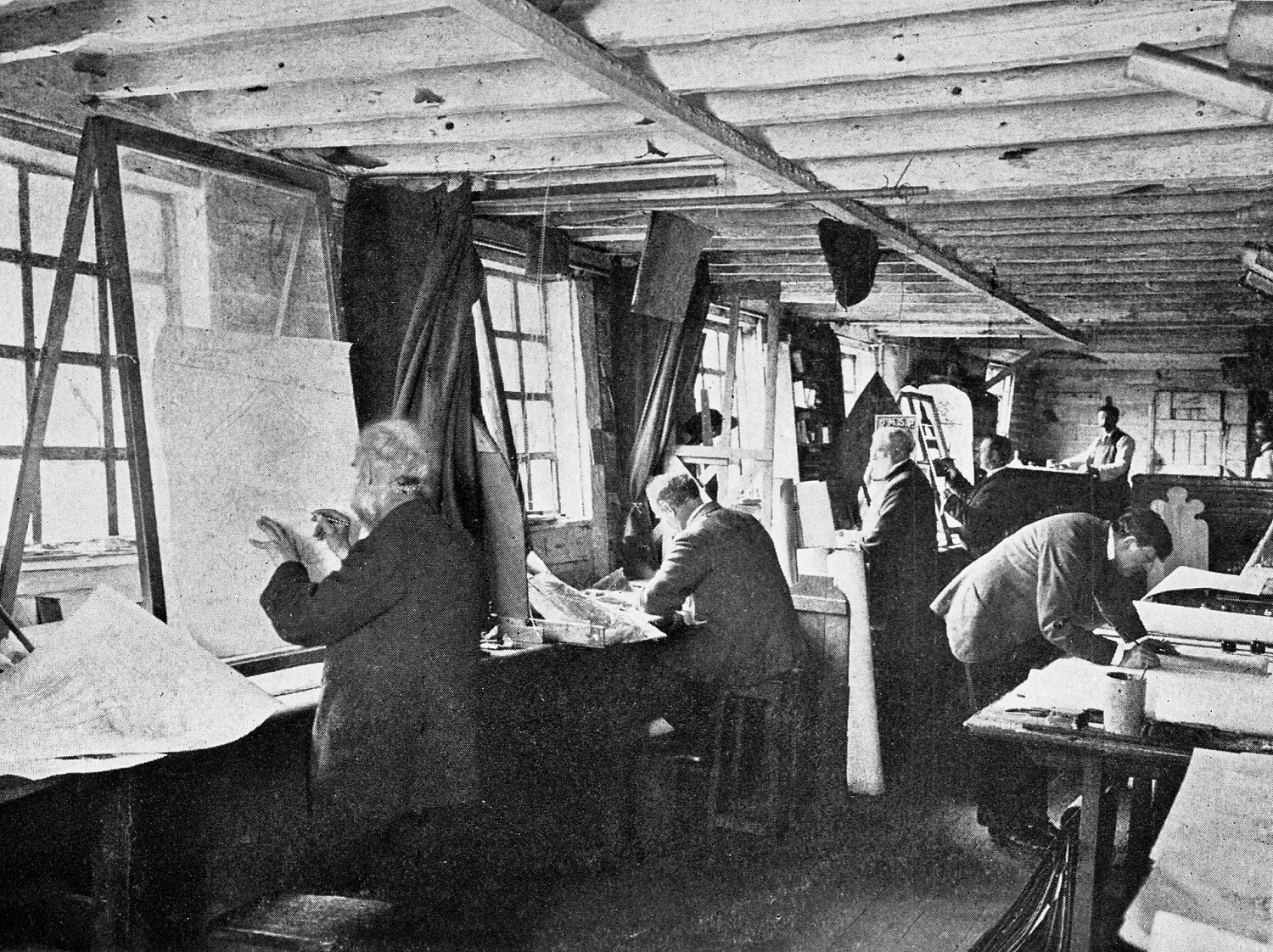Last fall I visited the Morgan Museum and Library with my family in New York City. We took in the special exhibition of famed librarian Belle da Costa Greene, and even my children were able to grasp the significance of the original Gutenberg Bible. Something in the collection that we missed was a gold-tooled copy of a French translation of Marx’s Capital owned by author, artist, and activist William Morris, dog-eared until it was in pieces, and then re-bound and eventually acquired by Morgan.

The irony of an American plutocrat coming to obtain a much-loved copy of the Marxist bible once owned by an English prophet of socialism would surely not have been lost on Morris himself. But in his lifetime, he danced back and forth between the sources of aestheticism - beautiful art could be for all and beautiful art is sometimes in the hands of the few, but he also believed that equal societies produce the best art, crafted by those who take pleasure in their work.

“The Indigo Vats”, Morris & Co, 1899
I’ve been thinking about work and enjoyment a lot over the past few years.
I’m a software engineer, and my day-to-day involves the bending of process into automation, the laying of tracks, the construction of machines. These things seem very far from Morris’s concept of craft, and it’s not clear to me how I contribute to aesthetic pleasure in an equal society. My role as an engineer is to always drive efficiency for the maximization of profit. I don’t necessarily say that as a judgment; it is simply a thing that is.
But I find myself returning over and over again to the idea that the most pleasurable work is the sort of repetitive activity that that I am meant to automate. Perhaps it’s because my work context is in geography, and the world is endlessly, fractally interesting, but I’ve always been able to derive enjoyment from rote tasks. From back in my days of digitizing old state geology maps in a GIS shop, to my days now spot checking satellite imagery for color balance and cloud cover. If I’m permitted to lay eyes on one site after another, I find Earth to be an aesthetic marvel.
Is this manual work instead of automation? Is this lazy of me? Is an engineer supposed to enjoy repetitive tasks?

“The Merton Abbey Loom”, Morris & Co, 1899
The easiest historical framing device for the manual/automated dichotomy is the upheaval of the industrial revolution. Morris was part of this crucible; his observations about the changing nature of work contributed to him becoming a socialist. But the examples that I think are more meaningful in my context are very recent indeed. A mere decade ago during The Great OpenStreetmap Flame Wars, Michal Migurski coined the term “Craft Mapping”. I believe he meant it derisively in the friendliest possible way - for he himself was a craft mapper at times. But the desire of those who wanted to expand the “Wikipedia of world maps” - at the greatest possible rate, with the greatest possible efficiency, for the greatest utility - ran headlong against the walls of those who prized the experience of mapping their neighborhoods - possibly on foot, possibly on paper, possibly while riding a bicycle. Small scale battled large scale, and art fought industry.
That urge for craft is not a bad thing, but I fear the market often prices it low. There are other canonical distinctions between manual and automated roles in tech to illustrate this - I think specifically of game developers versus game testers, with all the accompanying negative externalities. The successful drives for unionization among testers is no accident, and perhaps the direct result of the efforts of people like Paul Graham to force a heavy-handed wedge between normies and the blessed caste of engineers. Morris would have said that all involved should be afforded the opportunity to enjoy the results of their work, whichever floor of the building they labor on (as I feared, the metaphor of the industrial revolution breaks down a bit in the information economy).

I can’t cast too broad of a net here. I only have my own experience to draw from and what I see in that is a happy accident wherein I flip back and forth between automation work and manual work, and most days I am able to take aesthetic pleasure in both of them. I am under no illusions that this is a widespread phenomenon, and I’m appreciative of these unlikely circumstances. But we’ve entered an era of something like symbiosis with - the many caveats aside for a moment - a truly powerful set of tools for automation in LLMs. The fear and suspicion I see are historically justified, but in modern AI I’ve also caught glimpses of what Morris tried to lay out in his utopian “News From Nowhere”: certain types of rote task are best classified as “toil”, and if a society is structured correctly (a big “if”, with a huge amount of work to get there), that toil can be replaced with creative pursuits, with rest, with enjoyment.
Take all of these sophomoric musings with skepticism. William Morris was a canonical polymath. Bill Morris is a full-stack dilettante.

“Stained Glass Painters at Work”, Morris & Co, ca. 1898